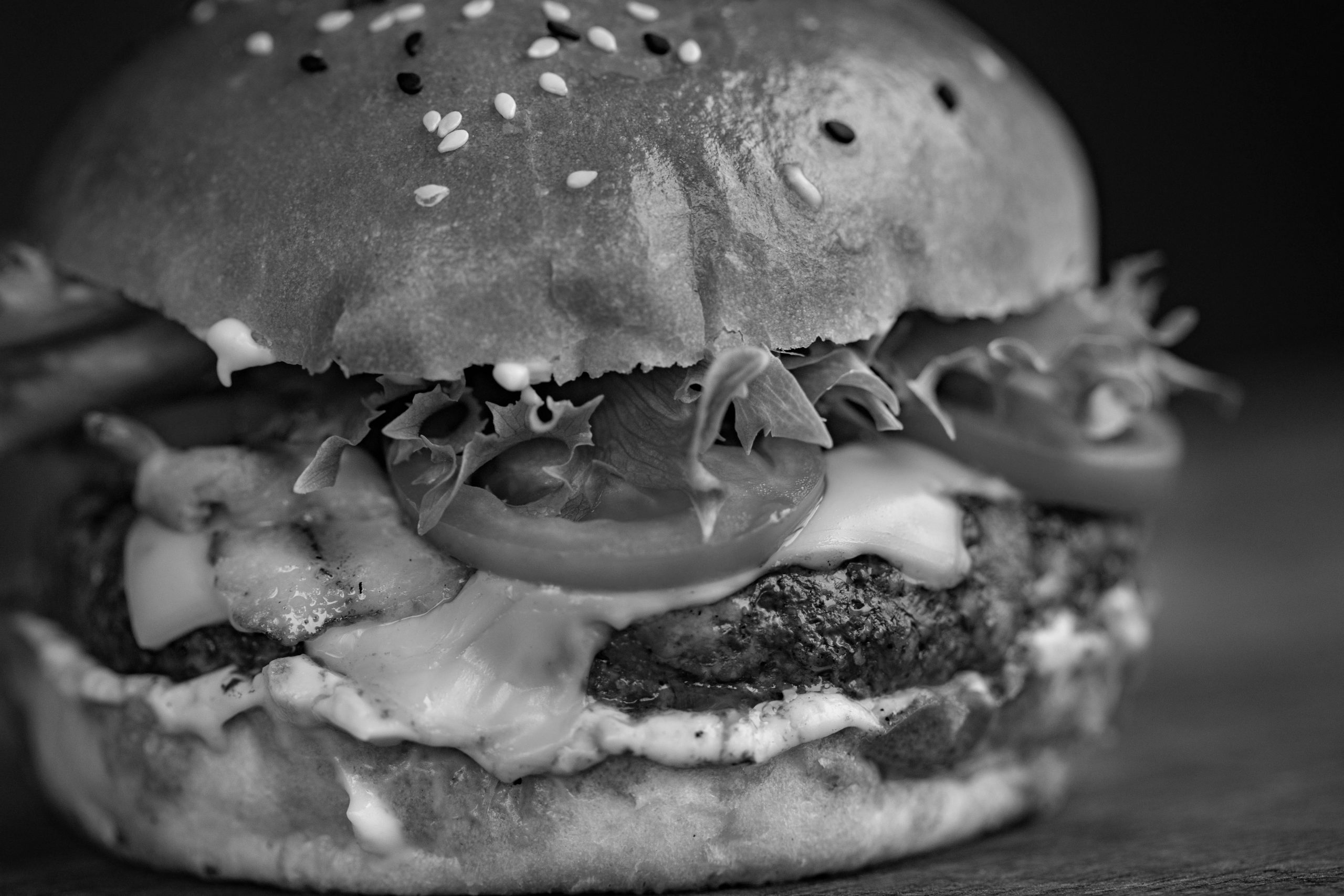“Drive-through and pickup-only is the quick-service restaurant business model of the future.” I remember having that conversation with prospective buyers in 2018 when I was selling a single-tenant Dutch Bros Coffee in Payson, Arizona. For those of you who are unfamiliar with Dutch Bros, it is the largest privately held coffee company in the US. It has great coffee, provides exceptional service and is expanding like wildfire throughout the western US.
One of the many things unique about Dutch Bros Coffee is that its 400-plus locations are typically 850 sq. ft, with a small outdoor patio, and offer drive-through and/or pickup-only service. I anticipated drive-through and pickup-only would become an industry standard for quick-service restaurants (QSRs) within the next three to five years. The pandemic pushed that business model to the forefront of every quick-service executive’s mind.
It now seems like every other week there is another national QSR coming out with a restaurant prototype that has a much stronger focus on drive-through, pickup, and online carry-out services. Brands like McDonald’s, Chipotle, Taco Bell and many others have come out with drive-through and pickup-only restaurant prototypes that are 1,200 sq. ft or less. This strategic move makes sense. It allows these companies to focus on their top revenue-producing asset – the drive-through – while expanding their real estate potential and lowering their net investment costs.
A smaller-footprint building allows quick-service restaurants to open new stores in urban infill locations that they otherwise could not have
At many chains, including McDonald’s, drive-through accounted for as much as 70% of revenue before the crisis, generating billions of dollars for the industry every month, according to an article by the New York Times. Most of the recent prototypes feature double drive-through lanes, drive-through lanes designated for online pickup-only, and employees with handheld tablets ready to take orders immediately upon arrival. These initiatives will increase both revenue and efficiency.
A smaller-footprint building allows quick-service restaurants to open new stores in urban infill locations that they otherwise would not have been able to. There is a brand in Arizona, named Salad and Go, that has perfected the drive-through and pickup-only model of business. Its roughly 850 sq. ft buildings provide it with an opportunity to open restaurants on smaller parcels at great urban infill sites near heavily trafficked intersections where a 2,500 sq ft building would not be able to open on due to the parking requirements. Salad and Go is a great example of how smaller footprints offer better site selection.
It also costs significantly less to develop a smaller-footprint restaurant than a standard 2,500-3,500 sq. ft QSR – according to Josh Best, a general contractor at Baily Marshall Corporation in Arizona, approximately 50% less. Without an established dining area, these restaurants have lower maintenance and labour expenses, allowing them to reduce headcount and maximise efficiency.
The future of the quick-service restaurant industry is here. I look forward to seeing these new prototypes start to roll out toward the end of this year. These new stores will not only improve the efficiency and profitability of the industry but also improve the overall customer experience. That is what business is all about: providing the best customer experience possible.








